So one day I was walking past a camera shop and they had a few beautiful old 8mm Cameras on display - and I suddenly got the idea that I could make films. I didn't even know how film worked... there were so many questions for the shopkeeper: How do images record? What is reversal? How do you project it? What does it cost to shoot a roll of film? Remember this is the late 90's and the internet was only a few years old - and making films was still kind of an exotic, mysterious process. It seemed at the time that the price of entry was so high - just to get something shot involved: 1) buying film stock, 2) renting lighting and camera equipment 3) hiring a crew 4) paying for processing and either a work print or telecine and finally, 5) renting an edit suite (either a Steenbeck to cut it the old way - analog or one of the new-fangled NLE edit suites with their expensive Avid, or Lightworks systems.) to cut the film on and then 6) If cutting Analog: Hiring a Neg Cutter to conform the negative from which to strike an answer print 7) Hiring an optical printer for titles, dissolves and credits 8) 16mm was the cheapest format that you could actually shoot something festival-worthy on and by the time you rented all the gear, hired a competent DP (or tried to shoot it yourself) and paid for all the stuff listed above you were into thousands of bucks (or in my case, living in London, quid). At that time shooting on video was just not very sexy. There were a couple high end professional formats - Sony Betacam was the industry standard - but renting that equipment was just as expensive as film equipment, and you still needed to rent, at the minimum, a tape-to-tape suite, and editing NLE was gonna cost the same regardless of the shooting format. And at the end of the day - Video NEVER looked like a film - it always looked like TV. There were a lot of reasons for this- but the main reason was that video had nowhere near the dynamic range of film - you couldn't have really inky black shadows which still retained detail in the same shot with brightly lit subjects- everything was high-key and tended to look like a sit com. Plus, you couldn't play with depth-of-field with dramatic focus pulls like you could in film - so you ended up with flat images. SO - back to the little camera shop: I was intrigued by Super 8. It took me back: When I was growing up Super 8 was what my Dad used to record home movies - and I remember loving the family movie nights when he would set up the projector and my sisters and I would watch our younger selves running along Miami Beach for a few precious seconds, or riding the Spinning Tea Cups at Disneyland and I remember how the fragile super 8mm film would sometimes jam in the projector and the frame would burn up on screen melting in front of the hot lamp. Then the 80's came - and with the arrival of home video cameras like this, and this home movies quickly became obsolete: who wanted to wait 2 weeks for the film cartridges to come back from the lab processed and printed when you could instantly see what you'd shot by simply rewinding a video tape? Little did we know it at the time: but this was the very first shot across the bow in the inexorable march of video towards domination of motion picture recording. The irony is that as video came closer and closer to the inevitable displacement of film in the late 90's and early 2000's, there was a counter-movement towards retro formats. It was around this time that vinyl started to make a comeback in the music world, and just like the vinyl movement, there was a feeling that old analog film was more "authentic" and "organic" than video, especially digital videotape (this was still years before memory stick or hard drive recording). I guess that that camera shop display was part of this movement. Anyway, I left the store with a Super 8 camera, a couple rolls of Kodachrome and Tri-X Black and White reversal film and my filmmaking career had started. Within a few years I would be running a specialist company in London's Soho district called Super 8 Rushes and we were part of a retro wave of filmmakers who wanted to shoot on old formats to get a more "authentic" look. Rock bands especially were really into using Super 8. One of our biggest gigs was for The White Stripes! They wanted to record an entire concert using only Super 8. We worked closely with the film's director: Dick Carruthers (who later collaborated with Jimmy Page and Led Zeppelin for their famous reunion concert in 2007 in London) and provided the cameras and tech support. It was an awesome concert film, but, from all reports, the edit process was hell as the synching process for 8 Super 8 cameras each shooting 40 3.5 minute long rolls was crazy difficult. The result was pretty great though - Jack White wanted it to look like a 1970s Led Zeppelin concert film and it sure did!




